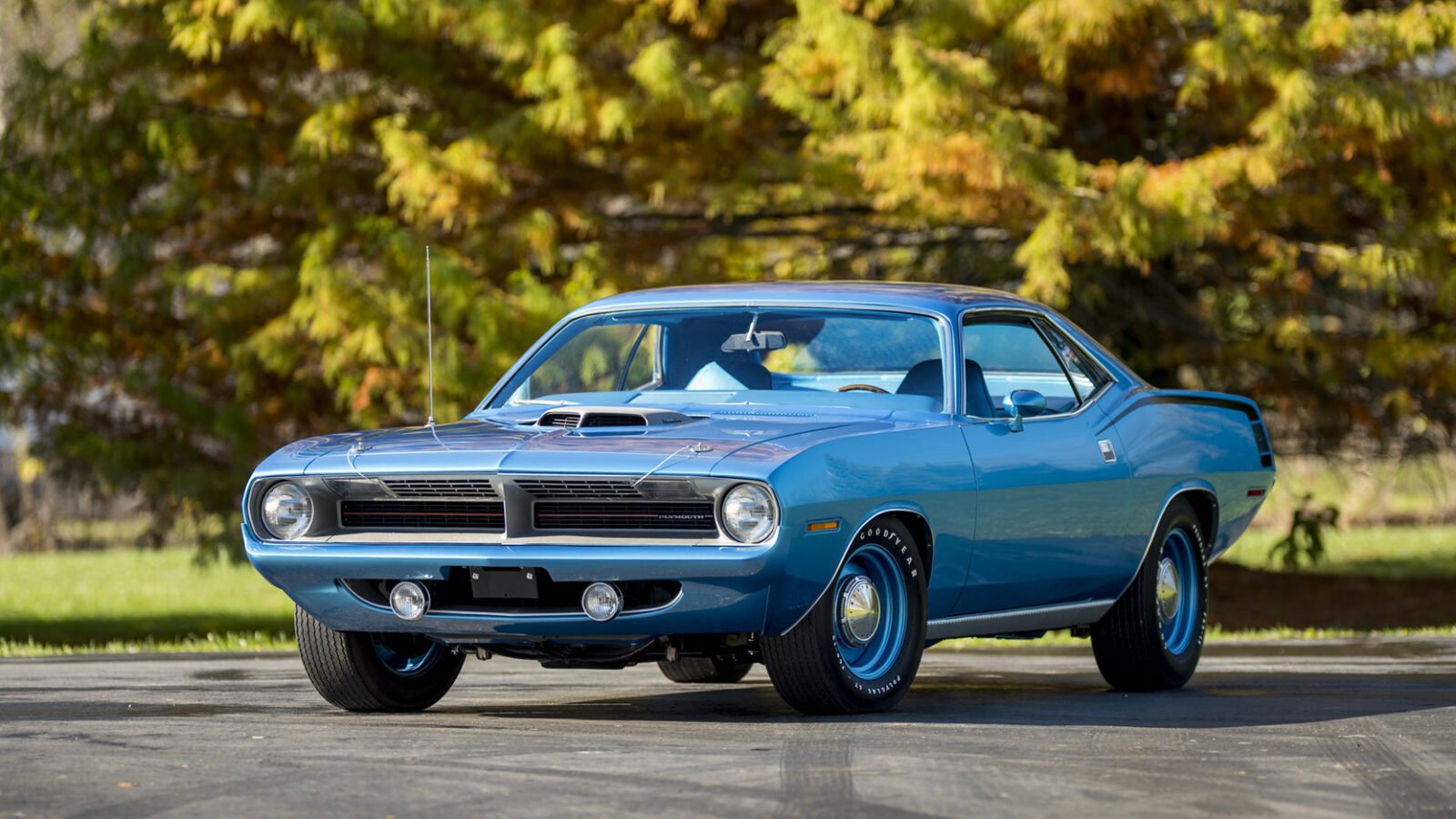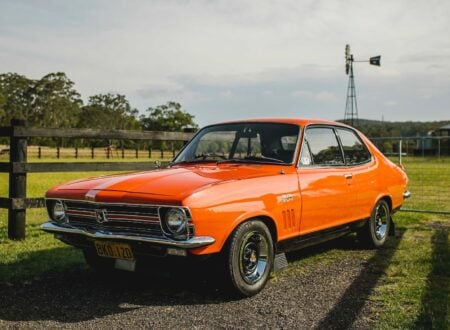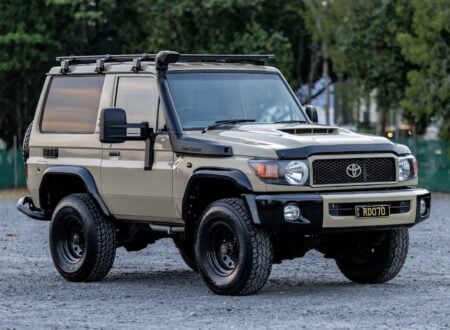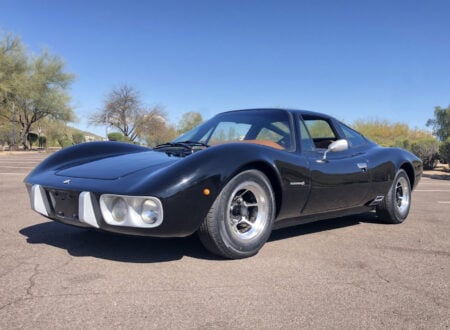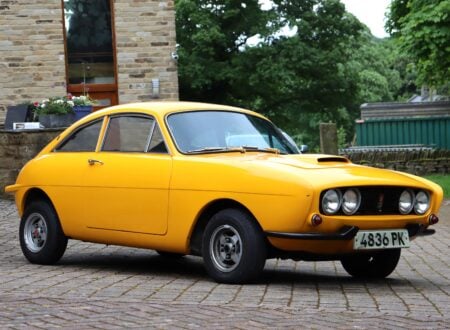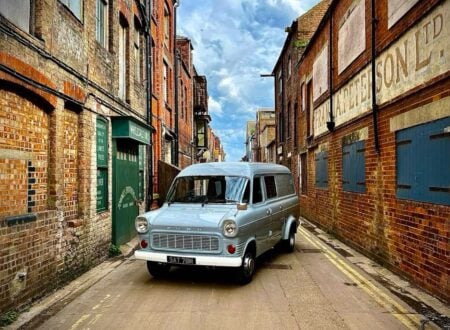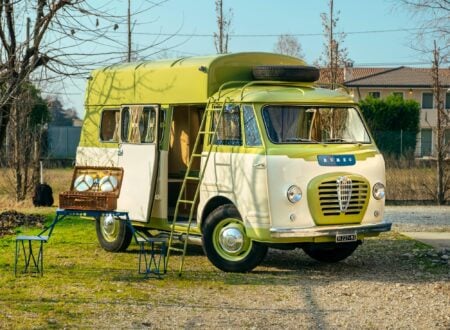The Plymouth Hemi Cuda is now recognised as one of the most collectible of the original generation of muscle cars, it was first offered in 1970, but due to its significant cost increase over the other Cudas it sold in relatively limited numbers.
Plymouth charged a $871 premium for the Hemi 426 V8 option – almost 30% of the standard car’s value, and as a result just 652 hardtops and 14 convertibles were made in 1970. Buyers realised they could order the almost-as-quick 440 V8 for just $250 extra, and they could still keep up with the Hemi till 60 mph or so.
The Story of the Plymouth Hemi Cuda
The Plymouth Barracuda was first introduced two weeks before the original Ford Mustang, the marketing team at Plymouth had originally wanted to call it the “Panda”, but thankfully senior designer John Samsen suggested the name “Barracuda”, and the name stuck.
The first generation Barracuda shared a significant number of parts and panels with the Plymouth Valiant as a cost saving measure. Although it’s impossible to know how much of a part it played, the fact that the sporty Barracuda shared a very similar look (particularly the front-end) to the more sedate 4-door Valiant meant that it had much lower sales figures than the Mustang.
When the second generation Barracuda rolled out in 1967 it had all unique body panels and its own front-end, though it did still share the same basic A-body platform. It now featured characteristic Coke-bottle side contours and a more streamlined overall design – a feature that would be further refined on the next generation introduced in 1970. The other major feature released on the second generation car was the ‘Cuda trim package – it was based on the earlier Formula S option, with either the 340, 383, or the new 440 Super Commando V8.
The beginning of the ’70s would see the introduction of the now legendary Plymouth Hemi Cuda. It had an all-new body sitting on the Chrysler B-platform called the E-body. The Dodge Challenger shared the same basic platform, but the Dodge was 2 inches longer.
Plymouth offered a wide array of engines and options in the new Barracuda, from a 198 cubic inch slant-6 right the way through to the 440 cubic inch (7.2 Litre) V8. Despite the slight capacity difference, the 426 cubic inch Hemi V8 was a significant performance upgrade over the 440 V8 with 425 bhp vs 375 bhp.
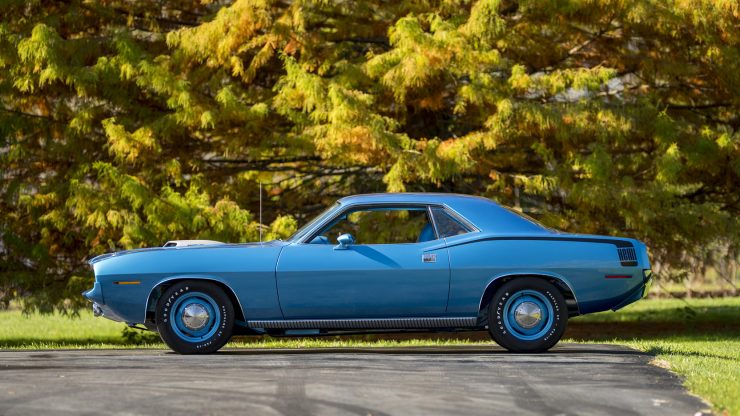
Chrysler had first experimented with hemispherical combustion chamber design during WWII for the inverted V16 that was intended for the P-47 Thunderbolt – but it didn’t fly until 1945 when the war was drawing to an end. The development work didn’t go to waste however, and the efficient hemi combustion chambers became synonymous with many of the company’s high-end V8s over the following decades.
1970 would be the first year for the Hemi Cuda – with its prominent “shaker scoop” on the hood, so named because the scoop is attached to the top of the engine and protrudes through a hole in the hood – meaning it can be seen shaking when the engine is running.
Plymouth only sold the Hemi Cuda in 1970 and ’71 due to increasingly stringent emissions standards, the model disappeared from the line up in 1972. Despite its short production life the model is a major highlight from the early years of the American muscle car – and surviving examples and been skyrocketing in value.
The 1970 Plymouth Hemi Cuda Shown Here
The Cuda you see here is 1 of 368 hardtop automatics built in the first year of production, and it’s fitted with the original dual 4-barrel carburettors, dual exhaust, power brakes with front discs, and the Shaker hood. It’s been through a 6 year rotisserie restoration and is now wearing a fresh coat of B5 blue metallic with black striping.
If you’d like to add the car to your garage you’ll need to make your way to the Mecum Auction in Kansas City on the 24th and 25th of March. There’s no listed value estimate, and you can click here if you’d like to read the official listing.
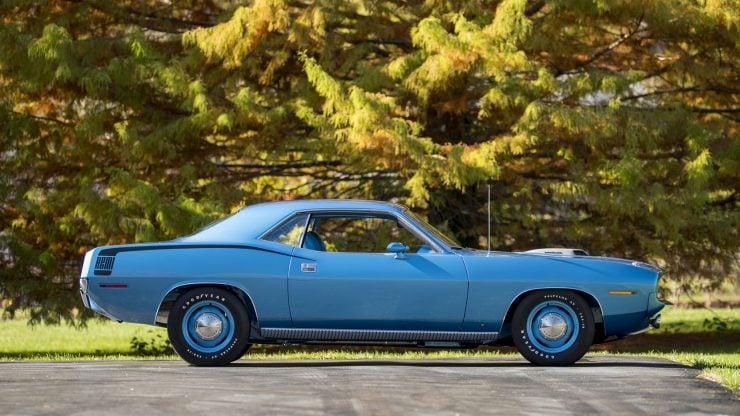
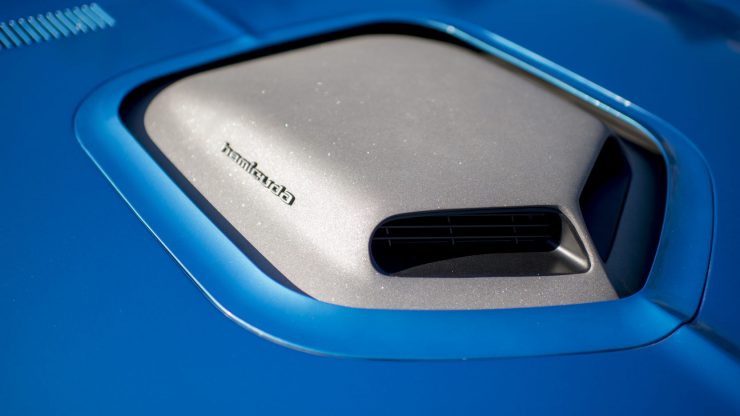
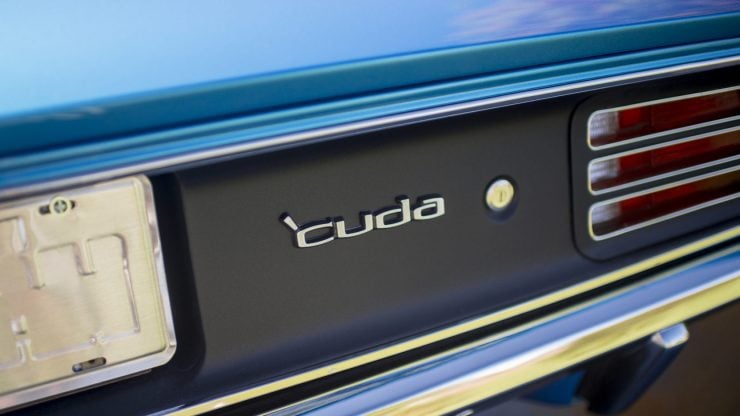
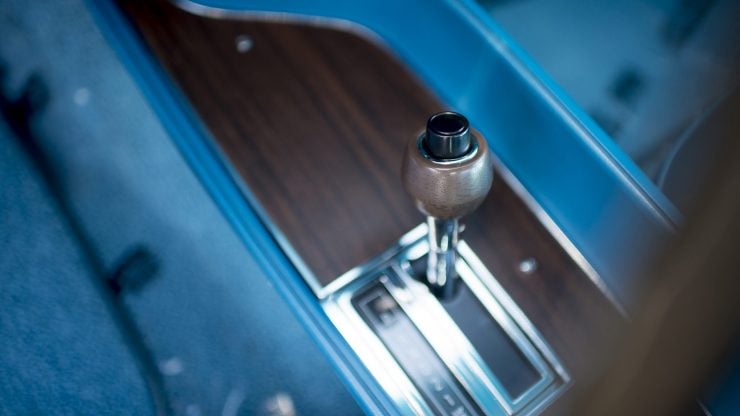
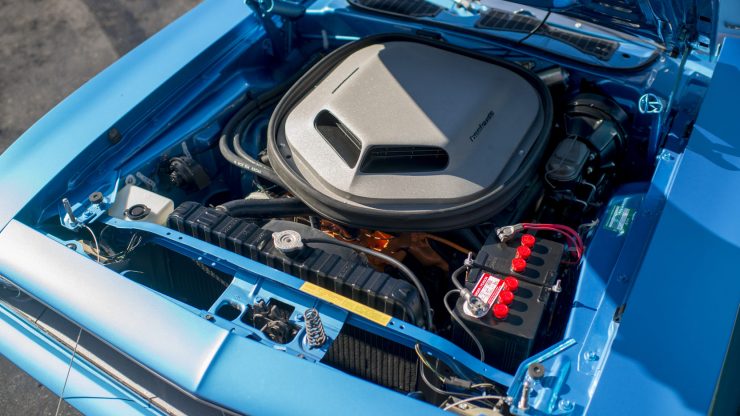
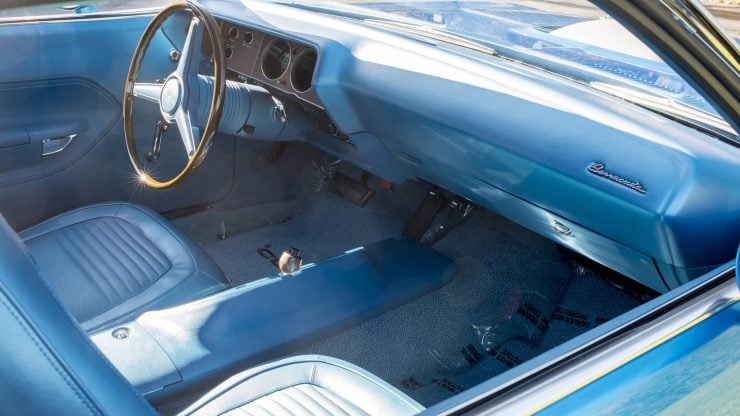
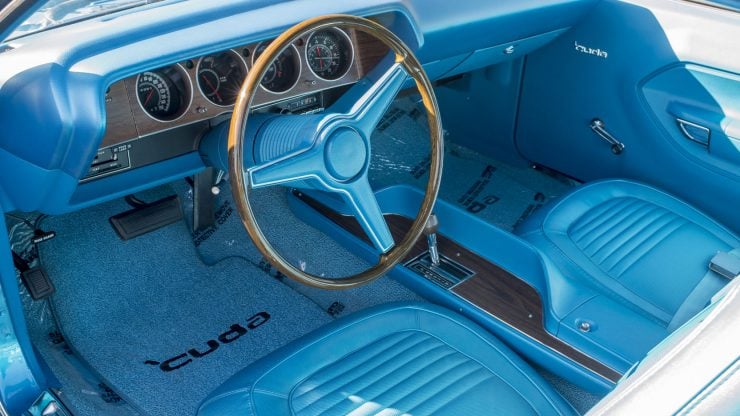
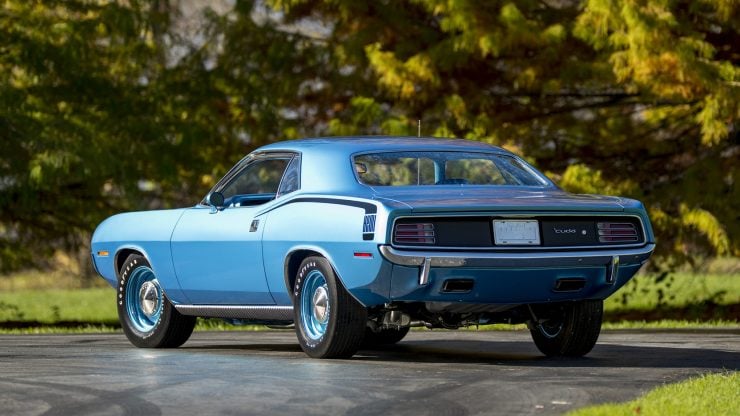

Articles that Ben has written have been covered on CNN, Popular Mechanics, Smithsonian Magazine, Road & Track Magazine, the official Pinterest blog, the official eBay Motors blog, BuzzFeed, Autoweek Magazine, Wired Magazine, Autoblog, Gear Patrol, Jalopnik, The Verge, and many more.
Silodrome was founded by Ben back in 2010, in the years since the site has grown to become a world leader in the alternative and vintage motoring sector, with well over a million monthly readers from around the world and many hundreds of thousands of followers on social media.

